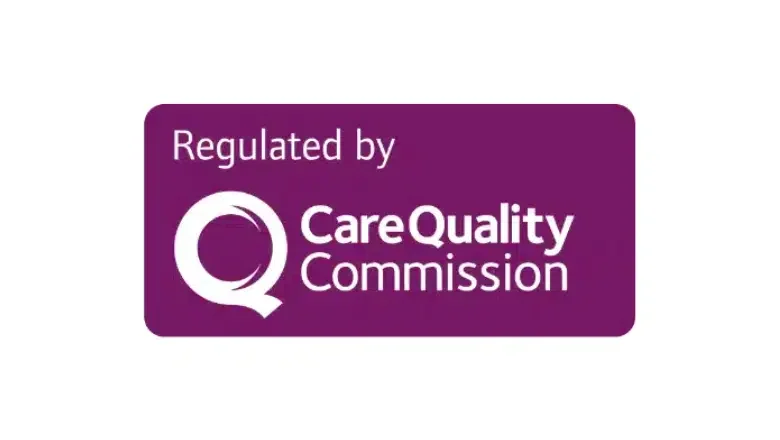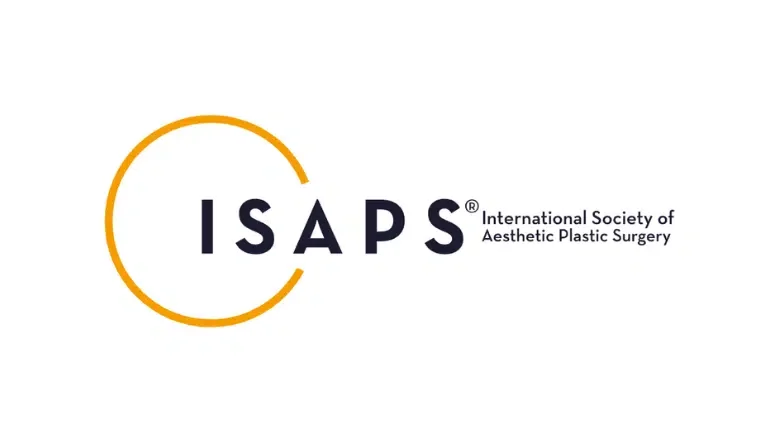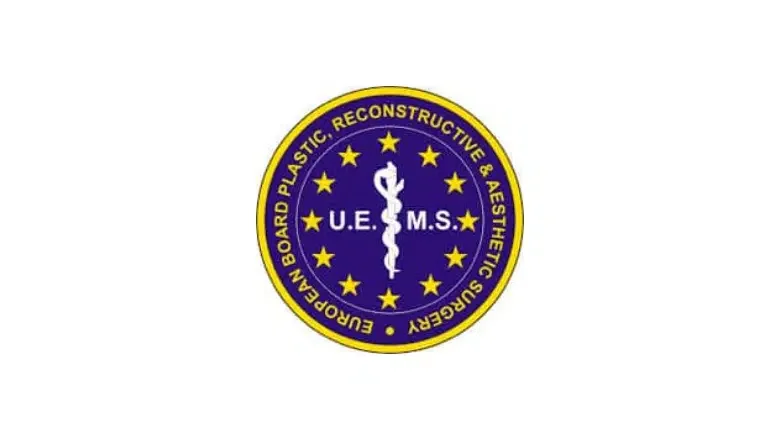Facelift surgery is preferred by older patients who would like to get rid of loose or sagging skin around the neck and jaw. There are three different types of facelift surgery: rhytidectomy, better known as a traditional facelift, mid-facelift and mini facelift. There is also a complementary procedure which will enhance the effects of the facelift, this is a neck lift. All four procedures involve surgery to remove and replace your skin.
Traditional Facelift
Traditional facelifts work best for older clients with loose or wrinkling skin.
The procedure starts off with the patient being numbed with local anaesthesia. The next step is the incision. Your surgeon will begin to cut around your temples and along your hairline behind your ears. Once the skin is cut, the surgeon will remove the correct amount of skin to make the skin on the face tighter. After the correct amount of skin is removed, your surgeon will begin to stitch up the wound. They will do it along the natural hairline to reduce the appearance of scarring. This surgery is invasive so you should bear that in mind when considering it.
RELATED: Facelift Surgery FAQs – Q&A about Rhytidectomy
Mid and Lower Facelift
A mid-facelift involves a lift in the cheeks and eyelids. This again starts off with local anaesthesia. The surgeon marks out an area around the hairline and behind the ears which they need to remove in order to get a good result. The surgeon will then begin to remove the excess skin around the ears and hairline. The surgeon will make sure the cheeks are back in the correct area on the face. After that, the surgeon will begin to stitch the skin back together around the hairline to ensure minimal scarring.
A lower facelift is the lower half of the face, such as the neck, cheeks and jowls. The surgery starts off with local anaesthesia. The surgeon then cuts around the back of the ear and makes small incisions around the jaw. The excess skin is then removed from these areas, and then the wounds are stitched back up.
These two surgeries are usually used to complement each other to give the best results possible.
Mini Facelift
This procedure is very similar to a regular facelift, but it takes less time, and it has less of an effect. This procedure does not get rid of fine lines or wrinkles.
The procedure starts off with the patient being injected with local anaesthetic in the areas needed. Then the surgeon will create small incisions around the hairline and behind the ears. The surgeon will use dissolvable stitches and attach them to fibrous tissues to tighten them and lift the face.
Neck lift
This procedure is used to make the neck look tighter and younger. Neck lift surgery is usually used to complement Facelift surgery. This procedure again starts off with the area being numbed with a local anaesthetic. Once the area is numb, the surgeon will begin to create little incisions big enough for the liposuction cannula to fit into. The surgeon will begin to liposuction all of the necessary fat out of the neck. Once all of the fat is removed, small incisions behind the ears and along the jaw are made to remove any excess or loose skin. After all of the skin and fat is removed, the wound is then stitched up.
Revision Facelift
Revision facelift surgery is a procedure performed for patients who have previously had a facelift procedure. There are several reasons why patients may choose to have a revision facelift. In all cases, patients must weigh up the pros and cons of revision facelift surgery before proceeding with another procedure. In many cases, patients were happy with the results of the first facelift, but due to ongoing ageing, the results have diminished with time. Facelifts cannot stop the ageing process, however successful the first procedure was. A well-performed facelift procedure lasts up to 10-15 years. Patients with less invasive facelift procedures may notice their results to last about five years. Ageing of the face is a normal and natural process, and different people age at different rates depending on both intrinsic and extrinsic factors. Revision facelift is commonly performed for patients who have experienced the natural ageing process. The timing of surgery depends on several factors. Your surgeon will be able to advise you of the most appropriate options.
RELATED: Can I Get A Facelift Twice?
Reasons to undergo revision facelift.
- Visible and unsightly scarring
- Facial asymmetry
- Use of older methods of facelift surgery (skin-only technique)
- Major weight loss after facelift surgery
- The wind tunnel look
- Uneven results with ridges or dimpling
- Use of PDO threads
- Inadequate degree of tightening with the first procedure
Revision facelift surgery is a more complex procedure compared with a primary facelift. The previous scar tissue, with the formation of dense scar tissue, has distorted the underlying soft tissues. A revision facelift carries more risks compared with primary facelift surgery. At Centre for Surgery, our facial plastic surgeons are masters in facial anatomy and have specialist expertise in performing advanced facelift surgery. It is important to choose a surgeon who has a sub-specialisation in facelift surgery to create results that are natural, symmetrical and youthful.
Recovery after facelift
Recovery for all of these facelift surgeries is roughly the same amount of time. The first couple of days after any of these operations, you need to rest. This is because your face may be painful, sore or swollen. So resting will allow you to heal. 2-3 weeks after the surgery, the swelling and the pain would have subsided and become more manageable. Three weeks to a month after the operation, you will start to feel completely normal again and will be able to do everything you normally would. Usually, with surgeries like this, you will not see the full results straight away. It will take a couple of months.
Facelift Risks
Like every surgery, facelift surgery has risks as well as obvious benefits.
- Nerve damage is caused by the location of the surgery.
- Hair loss at the incision areas is caused by scarring.
- Numbing of certain areas of the face.
- Infection due to poor hygiene.
Overall if you are considering a facelift, you need to talk to your surgeon about the best option for yourself to get the best results.







